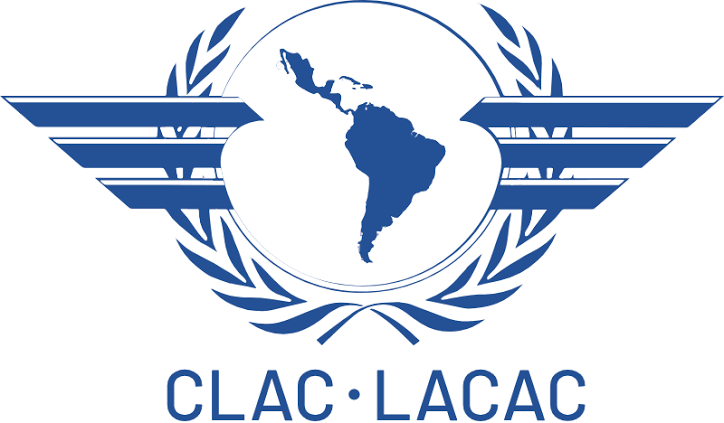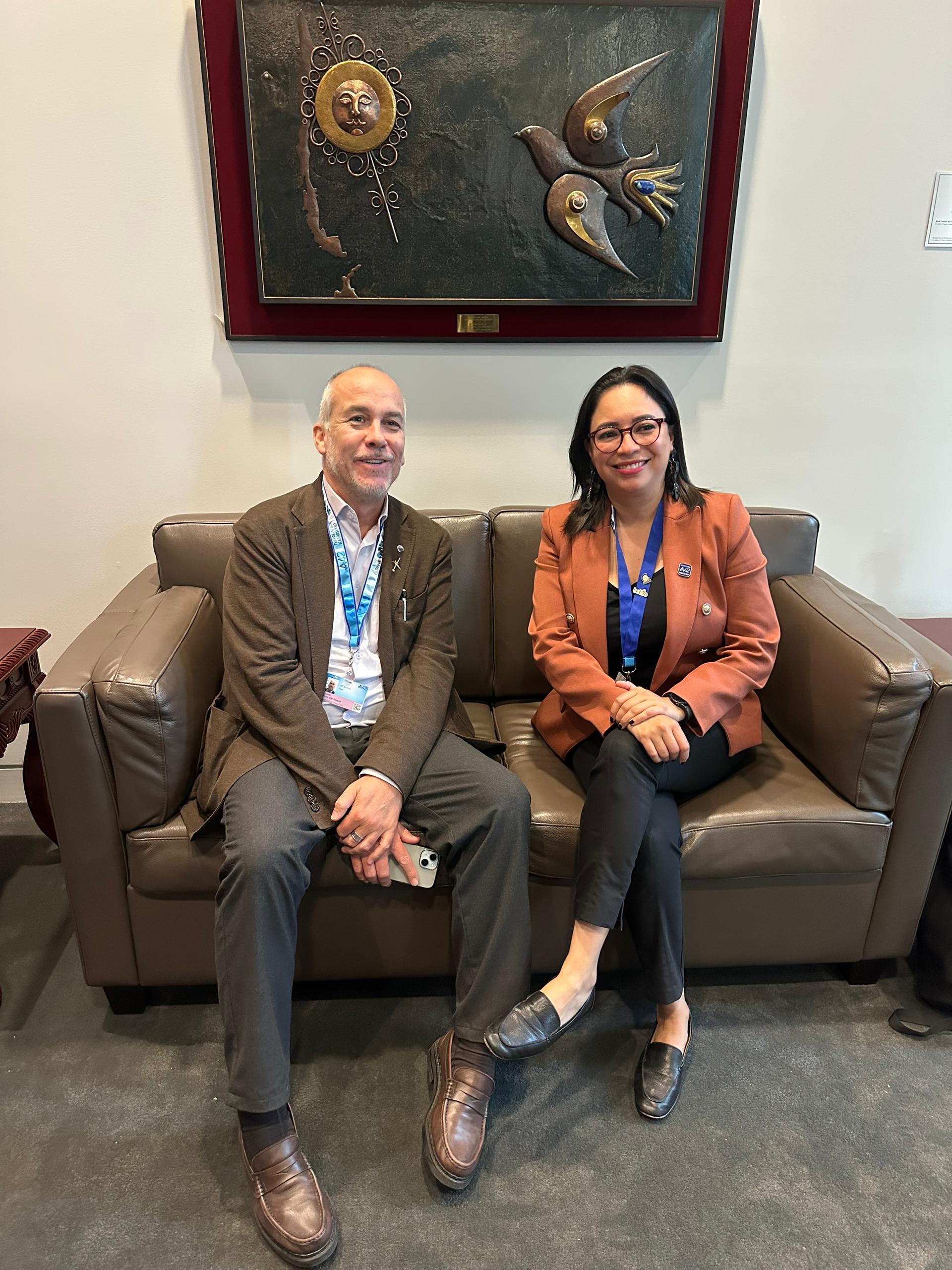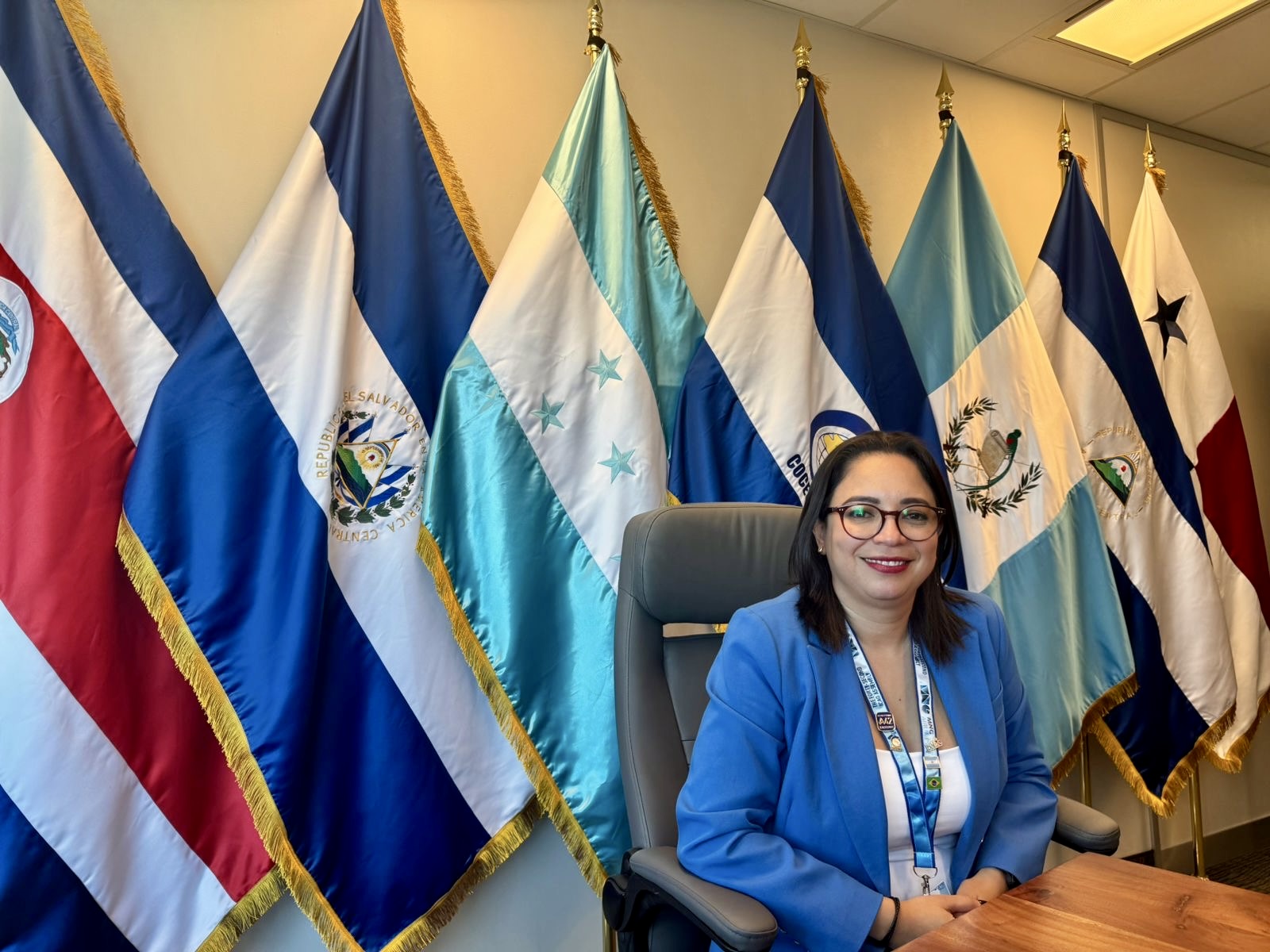By Jeff Peet, Managing Editor, ALA News
1.- What are the main challenges facing LACAC?
LACAC is a regional international organization that brings together the civil aviation authorities of its member states and serves as a coordination space. I would say that its main challenge is to build unity and common positions, so that the interests of commercial aviation in the region are properly aligned.
2.– What do you consider to be the most relevant achievement of LACAC in the 42nd ICAO Assembly, held just over a month ago?
The 42nd ICAO Assembly had as a background a world that tends towards polarization. With that in mind, I believe that a relevant achievement has been maintaining unity and achieving the election of the 8 national candidates to the ICAO Council who come from the region. Furthermore, it seems to me that we have been able to support a good part of the study notes that emanated from Latin America, also obtaining the support of other countries and regions.
3.- Preparation for the most recent ICAO Assembly took up a large part of the agenda this year at LACAC. What other initiatives are you working on for the future?
As is traditional, preparation for the ICAO Assembly takes over the Commission’s agenda in the year in which it is held. But LACAC has a work agenda that comes from its Strategic Plan and a commitment that we assumed when the Lima Declaration turned 50 years old. This is how we are working so that more countries join the Memorandum of Understanding (MoU) liberalising exclusive cargo services until the 7th freedom. We have also prepared the signing of a new MoU that liberalizes passenger and cargo services up to the 6th freedom among the LACAC States that want to join.
4.- Any specific projects?
We are also working on a database including a dashboard to display statistical information for the region. Gender equality issues, now with the need to help in the implementation of a working paper that was presented and approved at the 42nd Assembly by LACAC. Likewise, the modernization of our organization, especially the Secretariat, in order to make it grow in the future. In short, there are several topics on the agenda that will continue being part of the work of the next Executive Committee.
5.- The agenda of LACAC at ICAO is quite broad and ambitious, and by virtue of this, you have been part of other meetings of this agency, in 2025. The ICAO Global Implementation Support Symposium (GISS) in Abu Dhabi last February comes to mind, for example. What would you say is LACAC’s priority in this area?
LACAC participates through its presidency and secretariat in various events. ICAO-GISS, for example, gives us the opportunity to implement measures where we use the principle of No Country Left Behind. I would say that a priority in the region is to produce Sustainable Aviation Fuels (SAF). We have feasibility studies in several countries and we are open to foreign investment. We truly hope that this production develops, because it is an opportunity for economic growth as well as protecting the environment.
6.- Is there any complexity in terms of leading a group of countries that, although they have great similarities, present particularities?
It is a complex job, because although there are many similarities between us, we have to deal with different interests. But when it is calm and we have a firm rudder, we can navigate in any storm.
7.- There is great cooperation and exchange of experiences with sister commissions such as ECAC and AFCAC, just to mention two of them. In fact, earlier this year in Guatemala, your country of origin, you hosted a meeting of these regional bodies. What does this coordination consist of and what information do you share?
With sister regional aviation organizations we have official meetings, using a previously established agenda. At that level, we discuss topics of common interest such as areas of cooperation and how best we can support each other. We try to get together formally at least twice a year. A recurring theme is the commitment to ratifying the protocols that increase the composition of the ICAO Council and the Air Navigation Commission. During the 42nd Assembly, for example, we signed a joint declaration where we affirm our commitments.
8.- How do you envision the future of aviation in Latin America and the Caribbean, in terms of infrastructure, goals around the sustainability of the industry and investment in new technologies, for example?
We have great challenges in the region. The traffic we have represents approximately 6% of global air traffic, so there is a lot of room to grow. For this we need investment in infrastructure and use of new technologies. Perhaps the biggest challenge is to continue growing while protecting the environment. To achieve this without growth coming to a halt, the use of all the means that we have identified to decontaminate is required, both technical and economic. Here the guidance of ICAO and its member States is very important.
9.- What assessment do you make of the advancement of gender equality and women’s access to relevant positions in the civil aviation industry?
It is very important, but it is an issue that is in its initial stages in the region. Our effort is to have as many trained women as possible so that they can reach leadership positions in the industry. We understand that this is a long-term and progressive work. We are thinking of continuing with activities to showcase this issue, for example, at a Second Women’s Summit in the region, in the future.
10.- What would you like to be your legacy as President of LACAC?
I have had the honor of being the first woman to preside over LACAC’s Executive Committee, and perhaps for that reason, I would like to be remembered for having held the First Summit of Women belonging to the aeronautical authorities of the region and for having agreed that the work that has been carried out by an ad hoc group of women from different countries in Latin America and the Caribbean, was incorporated into the LACAC Strategic Plan, under the name of Gender Equality Macro Task. Now, if I think of a sign, it seems to me that concern for details has been a sign of my time here.



